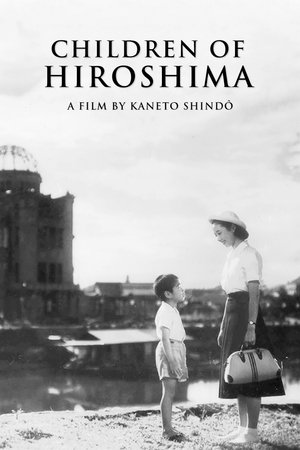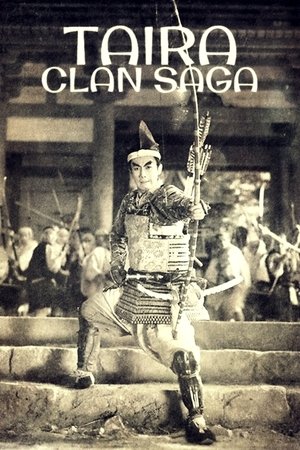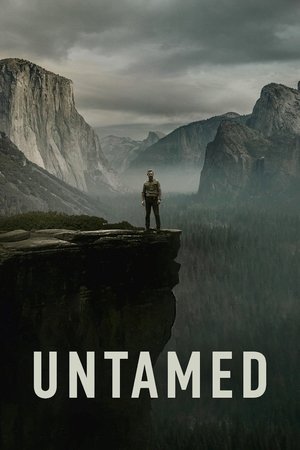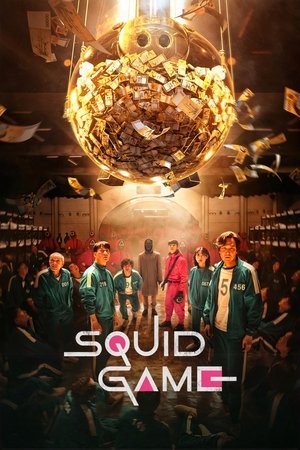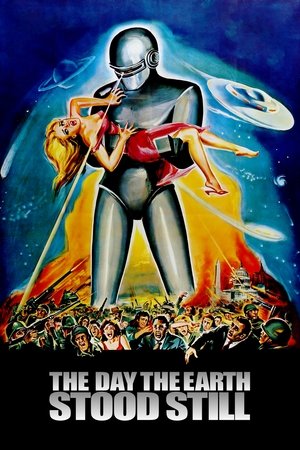Children of Hiroshima (1952)

| Director | Kaneto Shindō |
| Cast | Akira Yamanouchi, Chikako Hosokawa, Eijirō Tōno, Eiken Shoji, Fukuko Sayo |
| Year | 1952 |
| Country | Japan |
| Genres | Drama, War |
| Duration | 97 min |
| Release | 06 Aug 1952 |
| Language | 日本語 |
| Revenue | N/A |
| Trailer | Watch Trailer |
Synopsis
Shows the devastation caused by the atomic bomb, and by use of a fictional storyline, portrays the struggle of the ordinary Japanese people in dealing with the aftermath.
In 1952, the world was still grappling with the haunting memories of World War II and its aftermath. Amidst this backdrop, the poignant film “Children of Hiroshima” offers a powerful narrative that vividly illustrates the devastation caused by the atomic bomb. Through its fictional storyline, the film delves into the lives of ordinary Japanese people, portraying their arduous struggle to rebuild and cope with the aftermath of such a catastrophic event.
“Children of Hiroshima” is not just a film; it’s a heartfelt exploration of resilience and survival. Directed by Kaneto Shindo, the film intricately weaves a narrative that is as much about the human spirit as it is about the historical tragedy it depicts. The film was released at a time when Japan was beginning to find its footing after the war, and it played a crucial role in shaping the collective memory and understanding of the events of August 6, 1945.
The storyline follows a young schoolteacher, Takako Ishikawa, played by Nobuko Otowa. Returning to Hiroshima several years after the bomb, she is confronted with the stark realities of her hometown and its people who are still wrestling with the aftermath of the atomic blast. Through Takako’s eyes, viewers are introduced to a series of vignettes that highlight the personal stories of those who survived. Each encounter, each memory, builds a tapestry of resilience amidst devastation.
While the film is deeply rooted in its historical context, its impact is universally felt. Shindo’s direction captures the raw emotions of loss, hope, and the relentless pursuit of normalcy. The film’s cinematography starkly contrasts the vibrant life before the bomb with the haunting desolation that followed. Through this, “Children of Hiroshima” manages to depict not just the physical destruction, but also the emotional and psychological scars left on its people.
The performances in the film are both compelling and heart-wrenching. Nobuko Otowa delivers a nuanced performance as Takako, embodying her character’s inner turmoil and determination with grace. The supporting cast, including Osamu Takizawa and Niwa Saito, add depth to the narrative, each character representing a different facet of the collective struggle of the Hiroshima survivors. Their performances add authenticity to the film, making it not just a historical recount but a deeply personal story as well.
In terms of genre, “Children of Hiroshima” fits into the historical drama category, yet it transcends simple classification. The film’s narrative serves as a poignant reminder of the past while simultaneously providing commentary on the resilience of the human spirit. This duality is perhaps why it has garnered attention and acclaim across the globe.
The film holds a commendable rating on IMDb, reflecting its critical acclaim and the lasting impact it has had on audiences worldwide. The storytelling, combined with powerful performances and Shindo’s sensitive direction, ensures that “Children of Hiroshima” remains a significant piece of cinematic history.
For those interested in exploring this narrative further, additional details on the film can be found at Children of Hiroshima (1952) where insights into its creation, impact, and legacy are available. This resource provides a comprehensive look at how the film was made and its reception in both Japan and internationally.
Ultimately, “Children of Hiroshima” is more than just a film about the past; it is a tribute to the enduring spirit of those who lived through one of history’s darkest hours. It serves as a reminder of the cost of war and the resilience required to rebuild in its aftermath. Through its storytelling, “Children of Hiroshima” continues to educate and inspire, ensuring that the memories of that fateful day remain vivid and the lessons learned endure.

